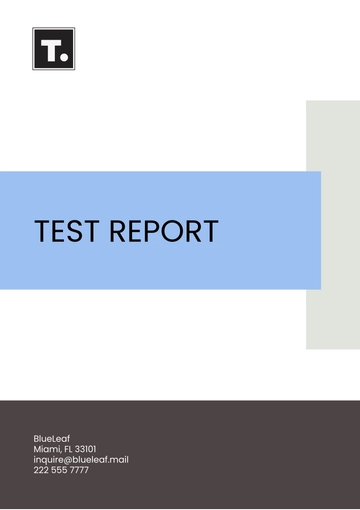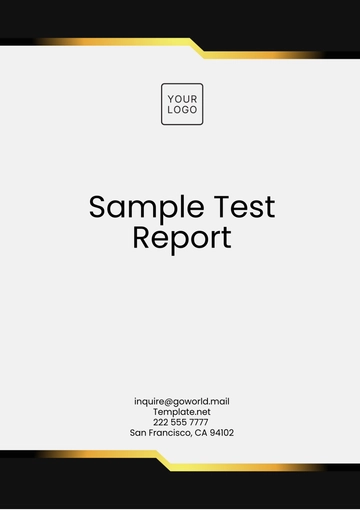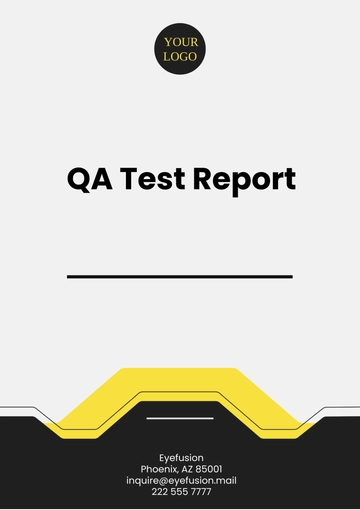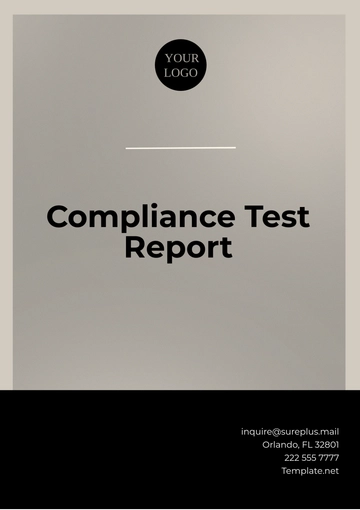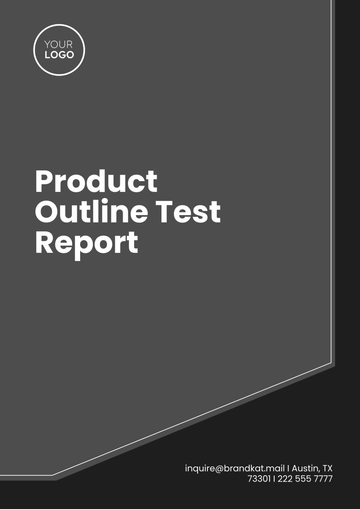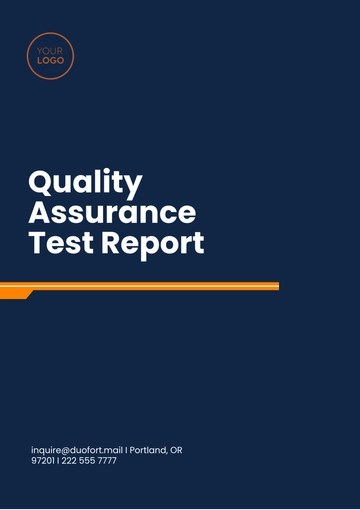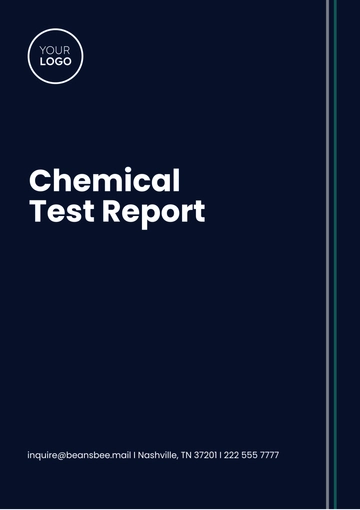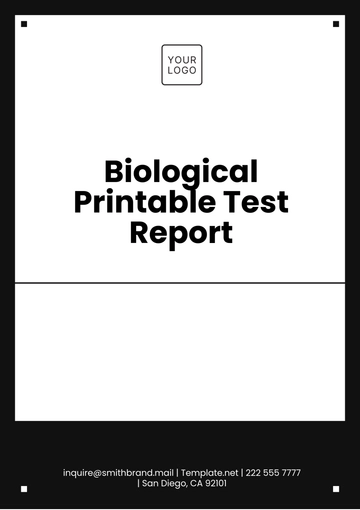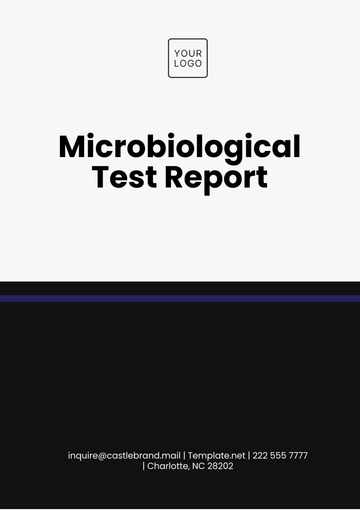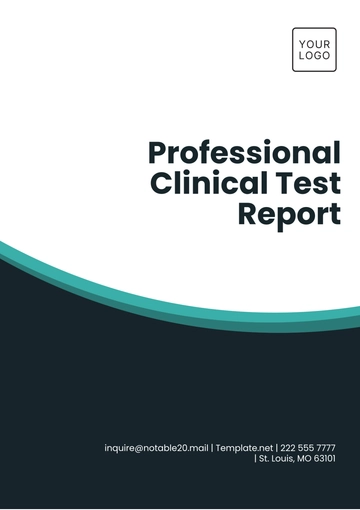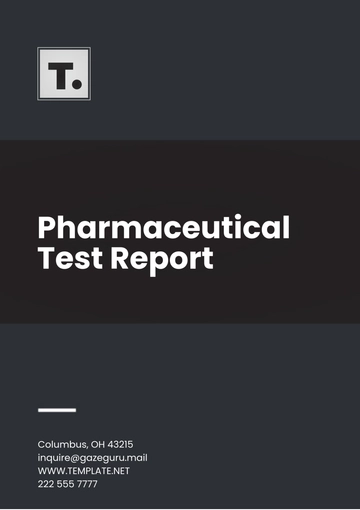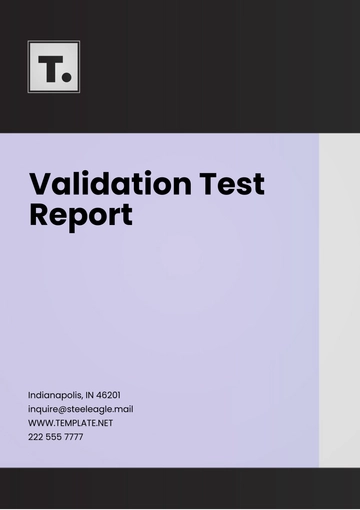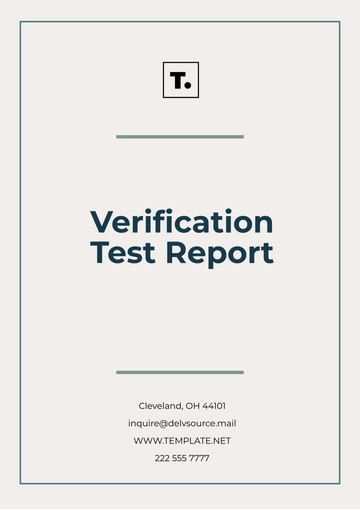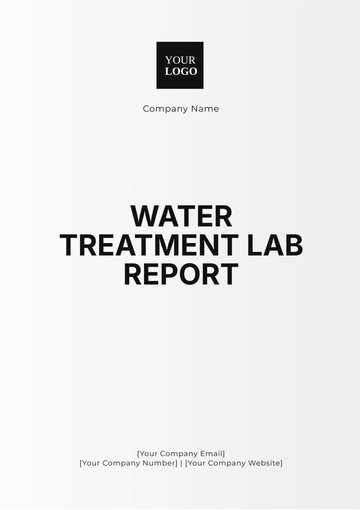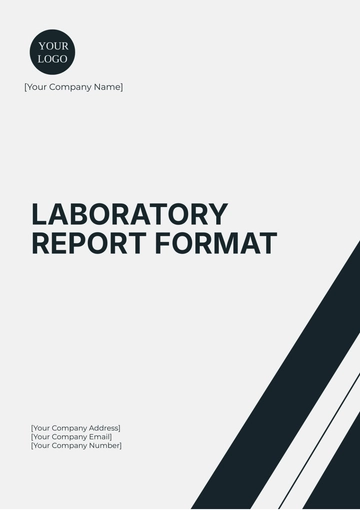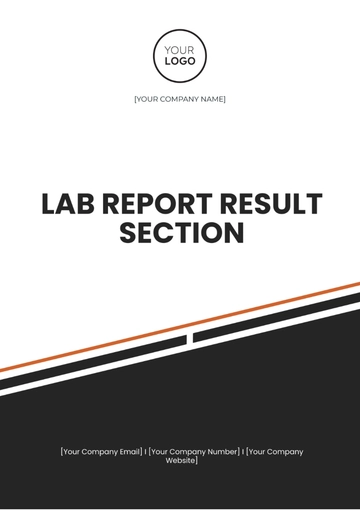Free Water Treatment Lab Report
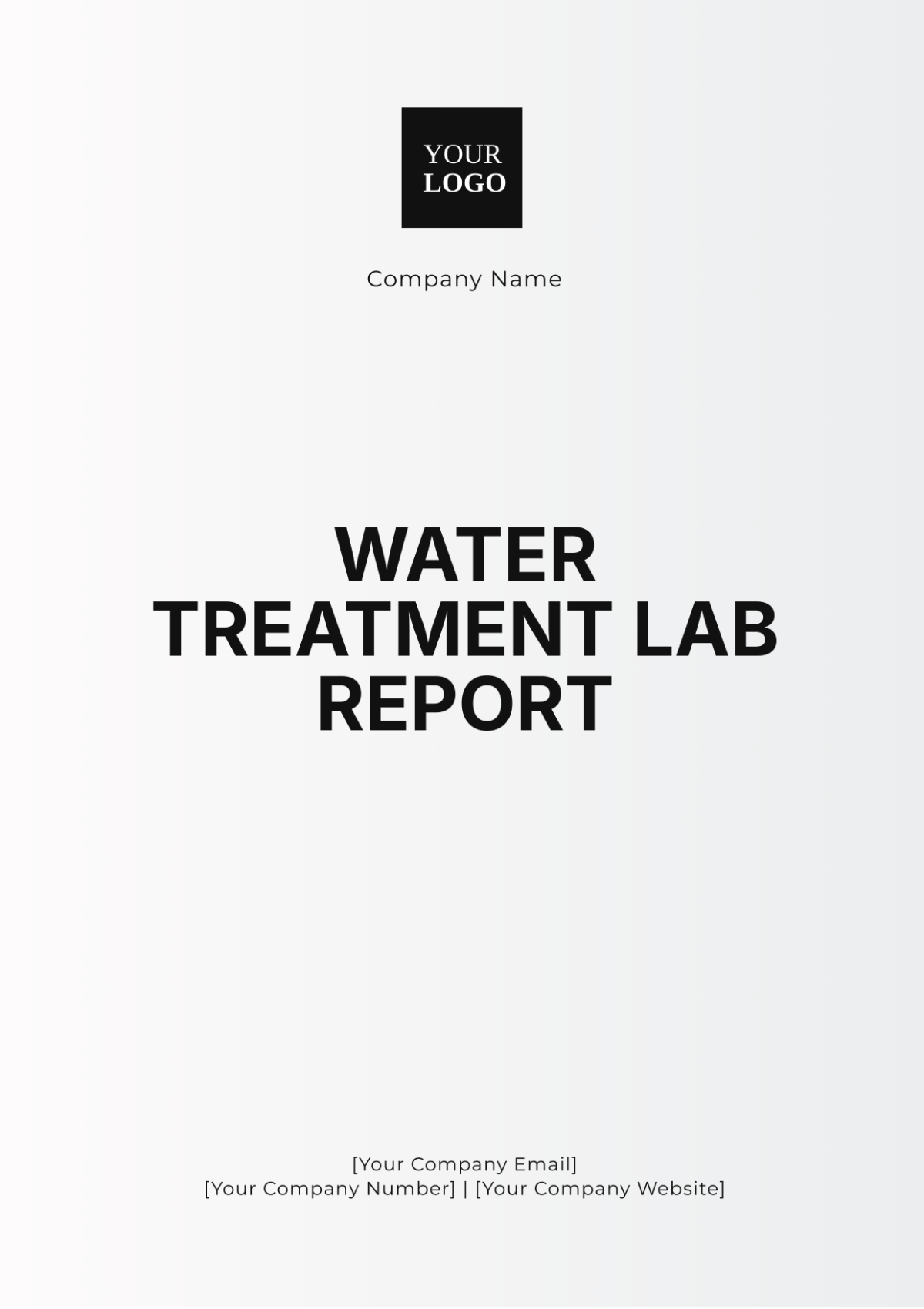
Abstract
This lab report presents an analysis of a water treatment process, which aims to remove contaminants and improve water quality. The experiment involved coagulation, flocculation, sedimentation, filtration, and disinfection. The results demonstrated a significant reduction in turbidity and the removal of pathogens, confirming the effectiveness of each treatment stage. The study highlights the importance of precise chemical dosing and the need for routine water quality monitoring to ensure safe drinking water.
Introduction
Water treatment is essential for providing safe, potable water by removing impurities such as suspended solids, microorganisms, and chemicals. This experiment focuses on analyzing the different stages of the treatment process, including coagulation, flocculation, sedimentation, filtration, and disinfection. The goal is to examine the efficiency of these stages in reducing water turbidity and pathogen levels, ensuring the water meets acceptable quality standards.
Objectives
To evaluate the efficiency of coagulation, flocculation, sedimentation, filtration, and disinfection in removing impurities from water.
To determine the final water quality parameters, such as turbidity and microbial count after treatment.
Materials and Methods
Materials:
Raw water sample
Alum (coagulant)
Sand filter
Chlorine solution (disinfectant)
Turbidity meter
pH meter
Microbial testing kit
Procedure:
Coagulation:
Alum was added to the raw water sample to neutralize the charge of suspended particles, allowing them to clump together. The mixture was stirred for 5 minutes to ensure proper coagulation.Flocculation:
The water was gently stirred for 20 minutes to promote the formation of larger clumps, or flocs, from the smaller particles created during coagulation.Sedimentation:
The flocculated water was left undisturbed for 1 hour to allow the heavy flocs to settle at the bottom of the container.Filtration:
The clear water above the settled flocs was filtered through a sand filter to remove any remaining suspended solids.Disinfection:
Chlorine solution was added to the filtered water to eliminate any pathogenic microorganisms. The treated water was then left for 30 minutes to allow for complete disinfection.Water Quality Testing:
The final treated water was tested for turbidity using a turbidity meter and for microbial content using a microbial testing kit. The pH of the water was also measured to ensure it fell within the safe drinking water range.
Results
Parameter | Raw Water | Treated Water | Acceptable Standard |
|---|---|---|---|
Turbidity (NTU) | 25 | 0.5 | <1 |
pH | 7.2 | 7.0 | 6.5–8.5 |
Microbial Count | High | None Detected | None Detected |
Observation:
The turbidity of the water decreased from 25 NTU to 0.5 NTU after treatment, indicating a significant reduction in suspended solids.
The microbial content was reduced to undetectable levels after chlorination, ensuring the water was free from pathogens.
The pH remained within the acceptable range for safe drinking water.
Discussion
The results confirm that the water treatment process was highly effective in improving water quality. Coagulation and flocculation played crucial roles in removing suspended particles, as evidenced by the significant drop in turbidity. Filtration further reduced any remaining solids, and disinfection successfully eliminated harmful microorganisms, ensuring the safety of the treated water.
The results align with expected outcomes, demonstrating that each treatment stage contributed to improving water quality. However, the effectiveness of the process depends on the accurate dosing of chemicals like alum and chlorine. Over- or under-dosing could lead to poor coagulation or inadequate disinfection.
Conclusion
This experiment confirmed that the water treatment process, when properly executed, can effectively remove impurities and pathogens from water, making it safe for consumption. The reduction in turbidity and microbial content highlights the importance of each treatment stage. Future studies should focus on optimizing chemical dosing and expanding the range of contaminants tested to ensure comprehensive water safety.
References
American Public Health Association (APHA). (2050). Standard Methods for the Examination of Water and Wastewater. 23rd Edition.
WHO. (2057). Guidelines for Drinking- Water Quality. 4th Edition.
- 100% Customizable, free editor
- Access 1 Million+ Templates, photo’s & graphics
- Download or share as a template
- Click and replace photos, graphics, text, backgrounds
- Resize, crop, AI write & more
- Access advanced editor
The Water Treatment Lab Report Template, offered by Template.net, is a fully customizable and downloadable tool designed to help you efficiently document and analyze water treatment processes. This printable template is easy to use and can be edited directly in our AI Editor Tool, ensuring that it meets your specific needs. Streamline your lab reports with professional precision today!
You may also like
- Sales Report
- Daily Report
- Project Report
- Business Report
- Weekly Report
- Incident Report
- Annual Report
- Report Layout
- Report Design
- Progress Report
- Marketing Report
- Company Report
- Monthly Report
- Audit Report
- Status Report
- School Report
- Reports Hr
- Management Report
- Project Status Report
- Handover Report
- Health And Safety Report
- Restaurant Report
- Construction Report
- Research Report
- Evaluation Report
- Investigation Report
- Employee Report
- Advertising Report
- Weekly Status Report
- Project Management Report
- Finance Report
- Service Report
- Technical Report
- Meeting Report
- Quarterly Report
- Inspection Report
- Medical Report
- Test Report
- Summary Report
- Inventory Report
- Valuation Report
- Operations Report
- Payroll Report
- Training Report
- Job Report
- Case Report
- Performance Report
- Board Report
- Internal Audit Report
- Student Report
- Monthly Management Report
- Small Business Report
- Accident Report
- Call Center Report
- Activity Report
- IT and Software Report
- Internship Report
- Visit Report
- Product Report
- Book Report
- Property Report
- Recruitment Report
- University Report
- Event Report
- SEO Report
- Conference Report
- Narrative Report
- Nursing Home Report
- Preschool Report
- Call Report
- Customer Report
- Employee Incident Report
- Accomplishment Report
- Social Media Report
- Work From Home Report
- Security Report
- Damage Report
- Quality Report
- Internal Report
- Nurse Report
- Real Estate Report
- Hotel Report
- Equipment Report
- Credit Report
- Field Report
- Non Profit Report
- Maintenance Report
- News Report
- Survey Report
- Executive Report
- Law Firm Report
- Advertising Agency Report
- Interior Design Report
- Travel Agency Report
- Stock Report
- Salon Report
- Bug Report
- Workplace Report
- Action Report
- Investor Report
- Cleaning Services Report
- Consulting Report
- Freelancer Report
- Site Visit Report
- Trip Report
- Classroom Observation Report
- Vehicle Report
- Final Report
- Software Report
